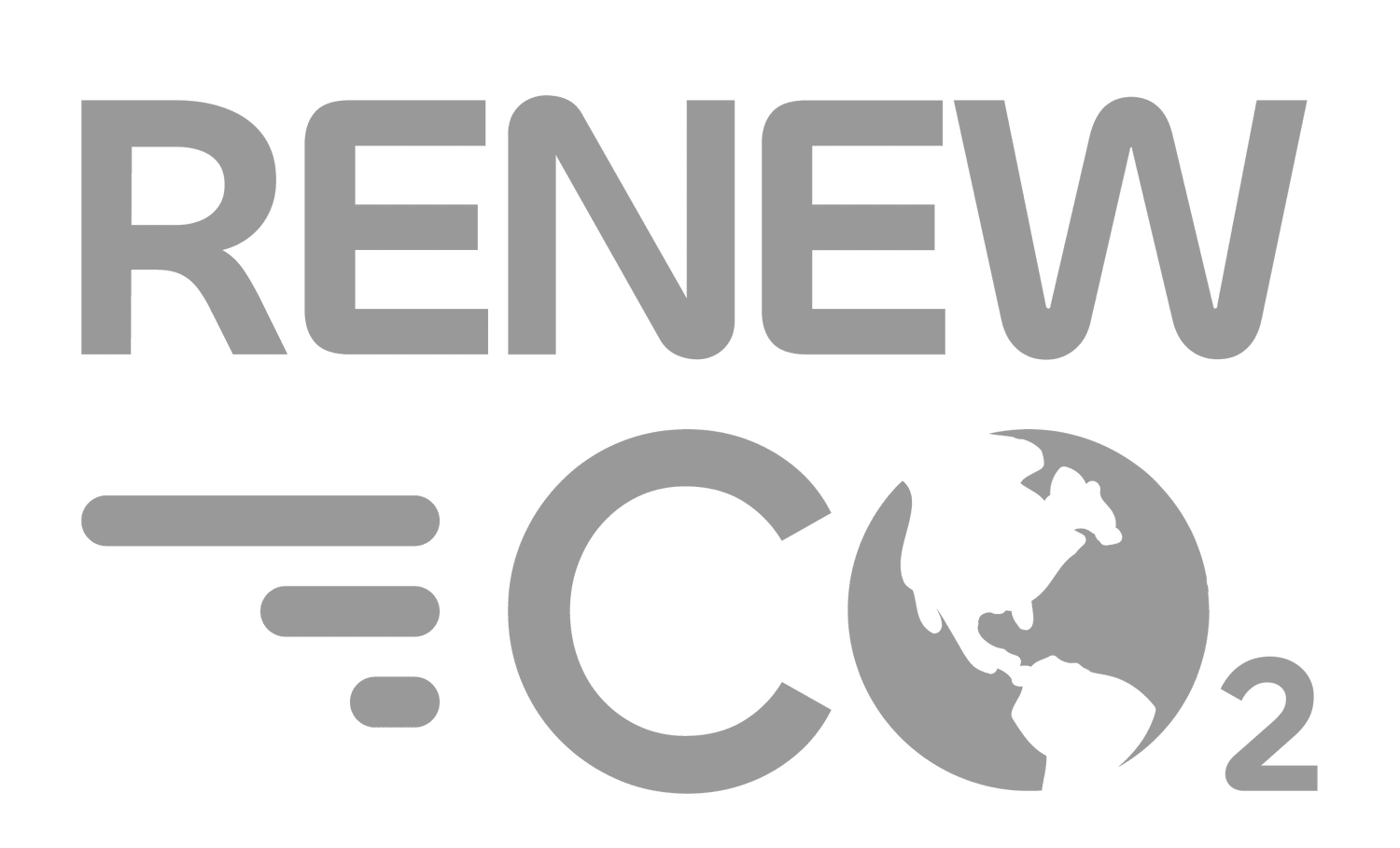The Annual Grand
Challenge Update
Humanity emits around 52 billion tons of greenhouse gases (GHGs) every year, and if we want to build a clean energy future, then we need to reduce that number to zero. The first step is understanding where these emissions are coming from.
Five activities in the global economy account for 100% of all emissions.
We call decarbonizing these activities: “The Five Grand Challenges.” In this report, we’ll discuss the progress being made in these areas. But if you want to take a step back and learn more about each sector, check out last year’s State of the Transition.
Electricity
- 28% Of Global Emissions
- 14.4 billion Tons Of GHGs
But another story—maybe the bigger story—was the advances made in transmitting and storing energy. As we wrote in last year’s report:
This is still true—but less true than in 2023. Over the past 12 months, many Breakthrough-backed storage and transmission technologies have turned into real-life, steel-in-the-ground projects.
Look at Form Energy. They make affordable iron-air batteries that can store and dispatch clean electricity over multiple days. The U.S. DOE recently awarded them up to $150 million. Part of the money will go towards installing another manufacturing line at their West Virginia factory, which has helped bring 750 jobs back to a town whose tin mill recently closed.
Breakthrough Electricity Companies
Manufacturing
- 30% Of Global Emissions
- 15.3 Billion Tons Of GHGs
Most, we assume, were too busy focusing on gold, silver and bronze to realize EcoCem, in partnership with Vinci amongst others, had already locked up the prestigious (and definitely not made up by us) “green medal.” The company’s ultra-low carbon cement was used in constructing the village.
The manufacturing sector has been extremely difficult to decarbonize, but Ecocem is just one example of some remarkable progress made in 2024.
Terra CO2 is deploying their innovative version of clean cement while CarbonCure is approaching half a million metric tons of CO2 saved through its green concrete technologies. Meanwhile, Boston Metal has commercialized their technology in Brazil to recover high-value metals.
In the U.S., several industrial decarbonization companies, including BE-backed Brimstone, are due to receive new funding through the Inflation Reduction Act. Brimstone will use the IRA money to build a demonstration plant, which will produce 140,000 metric tons per year of ordinary Portland cement—with a carbon-free process. They’ll use calcium silicate rocks to avoid more than 120,000 metric tons of CO2 emissions per year.
Corporate players are also getting involved and deploying these technologies. The fashion retailer Zara, for example, has launched a partnership with the textile recycling startup Circ to make climate-friendly, recycled clothes.
While we pursue innovation in making these materials, we’ve also seen progress capturing the carbon from their production through innovators like Mission Zero.
It’s been such a big year for manufacturing companies that we’re doubling down on this area in our report. Read more about our progress here.
Breakthrough Manufacturing Companies
Agriculture
- 19% Of Global Emissions
- 9.9 Billion Tons Of GHGs
Perhaps no profession has been impacted by climate change more than farming. Farmers around the world care deeply about this issue. BE not only believes farmers are the solution—we’ve also continued to support them in their mission to feed the planet.
Companies like Pivot Bio, Windfall Bio, and Rize are perfect examples of innovators building new technologies to help farmers do their jobs. These technologies are at different stages of development and deployment, but each of them holds tremendous promise for our partners in the farming industry.
For example, PivotBio is improving the efficiency and carbon intensity of the way farmers have been fertilizing crops for a century.Before World War I, two German chemists—Fritz Haber and Carl Bosch—invented the industrial process to separate nitrogen atoms from the air and turn them into synthetic fertilizer. Without the Haber-Bosch process, it would be impossible to feed roughly half the world’s population. But synthetic fertilizer is inefficient; when it rains, most of it runs off into the water supply. And it’s responsible for 2.5% of global greenhouse gas emissions.
But there’s always been another way to capture nitrogen from the air and inject it into the soil. The microbes that live on the roots of plants do this naturally, and PivotBio has edited the DNA of those microbes enhance the effectiveness of this natural process. This way, the farms themselves essentially become miniature fertilizer factories—without the GHG footprint or runoff.
Breakthrough Agriculture Companies
Transportation
- 16% Of Global Emissions
- 8.0 Billion Tons Of GHGs
Over the next few years, new solid-state battery technologies could allow electric vehicles (EVs) to travel up to 500,000 km without any noticeable loss of range. Companies like WeaveGrid are helping utilities manage the charging needs of the growing EV fleet—the sales of which have quadrupled since 2021.
But we’re not just focused on passenger vehicles. Some of the biggest culprits of carbon pollution are heavy-duty vehicles. That’s why companies like Verne are finding new ways to tackle transportation decarbonization by developing high-density hydrogen storage systems. This technology can help decarbonize other, big culprits of carbon pollution like heavy-duty vehicles.
We’ve also seen new air technologies take flight, as corporations like American Airlines get more involved in securing offtake agreements for clean aviation fuel. Through our Catalyst and Ventures programs, we’ve invested in promising liquid fuels solutions like Infinium and Viridos. Meanwhile, ZeroAvia (they build hydrogen-electric engine for planes) has announced the completion of several flight tests, as well as new purchasing agreements with numerous airlines, including American Airlines and Ecojet. All of these technologies hold huge promise for decarbonizing the transportation industry.
Finally, innovative players like KoBold and Redwood are making progress on better mining and recycling processes, so countries can diversify their sources of the critical minerals necessary for batteries.
Breakthrough Transportation Companies
Buildings
- 7% Of Global Emissions
- 3.7 Billion Tons Of GHGs
One reason for the progress: In 2024, several companies with the most cutting-edge technology moved past the prototype and pilot project stages. Their tech is ready for primetime and being installed across millions of square feet of new and existing construction.
Corporations are both buying and investing in climate tech—from LuxWall’s vacuum-insulated windows to Aeroseal’s fix for sealing leaky HVAC systems—because the economic case is obvious. Within a few years, these technologies pay for themselves with savings on energy bills, in some regions, IRA and utility incentives can lower that payback time to less than a year. In LuxWall’s case, the company announced it would triple production to meet demand. They cut the ribbon on a new manufacturing plant in Michigan this year.
“Buildings” may be the smallest Grand ChallengeIt accounts for just 7% of the world’s emissions. But that’s just one way to slice it. If we include the carbon footprint of the construction materials with the energy to power HVAC systems, buildings account for ~40% of emissions.
“The built world” is an enormous lever for decarbonization, and in 2024, the world gave that lever a strong pull. The planet’s largest purchaser—the U.S. Federal Government—ramped up its Buy Clean Initiative, which calls for using lower-carbon materials and construction processes.
There’s a thriving ecosystem of companies innovating in the area like CemVision, which makes net-zero cement by using mining and industrial byproducts. There’s also Vantem, which has built 3 million square-feet of energy-efficient and affordable homes and schools, all—using cost-effective modular construction.
Breakthrough Buildings Companies


























































































































































